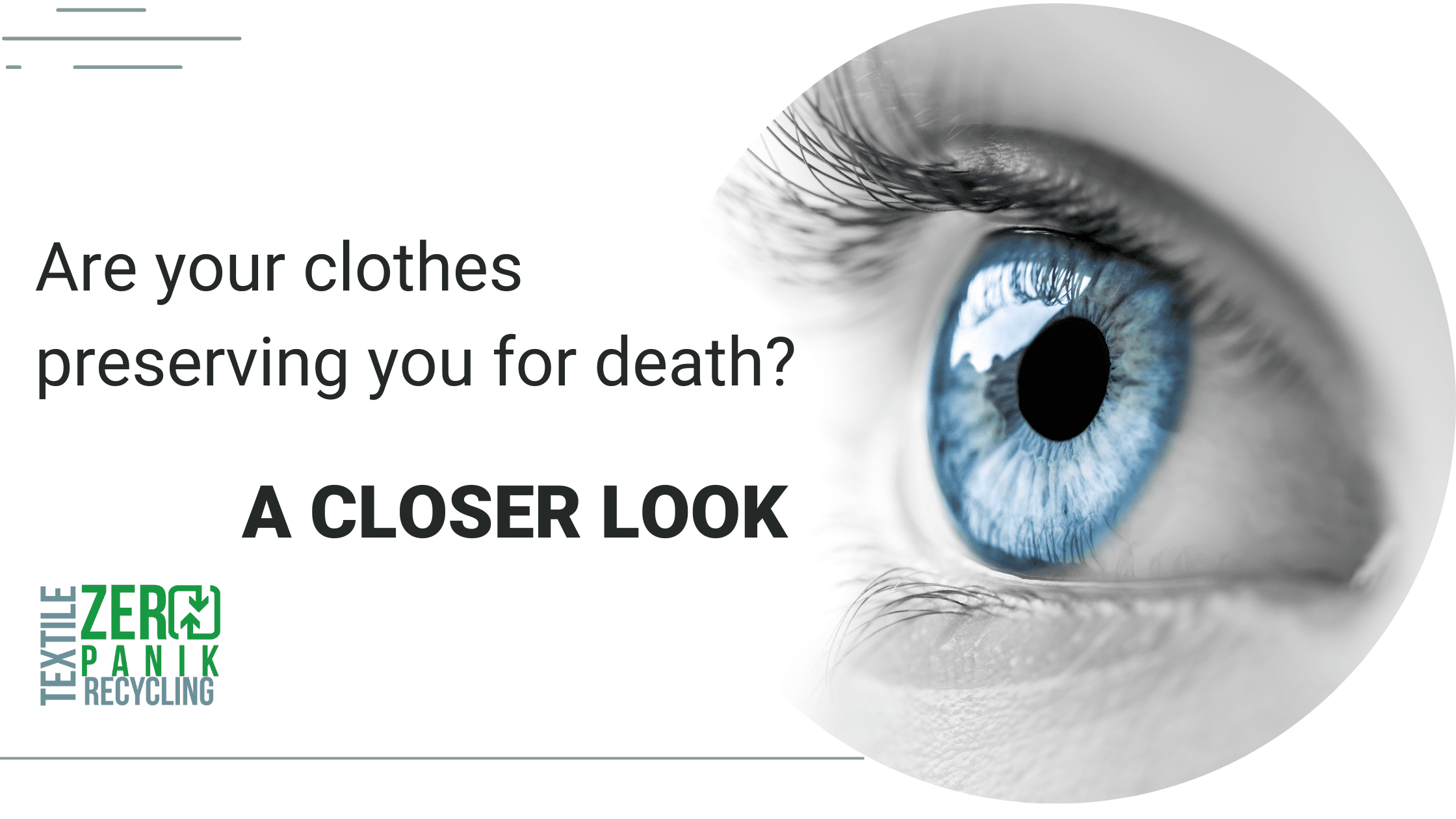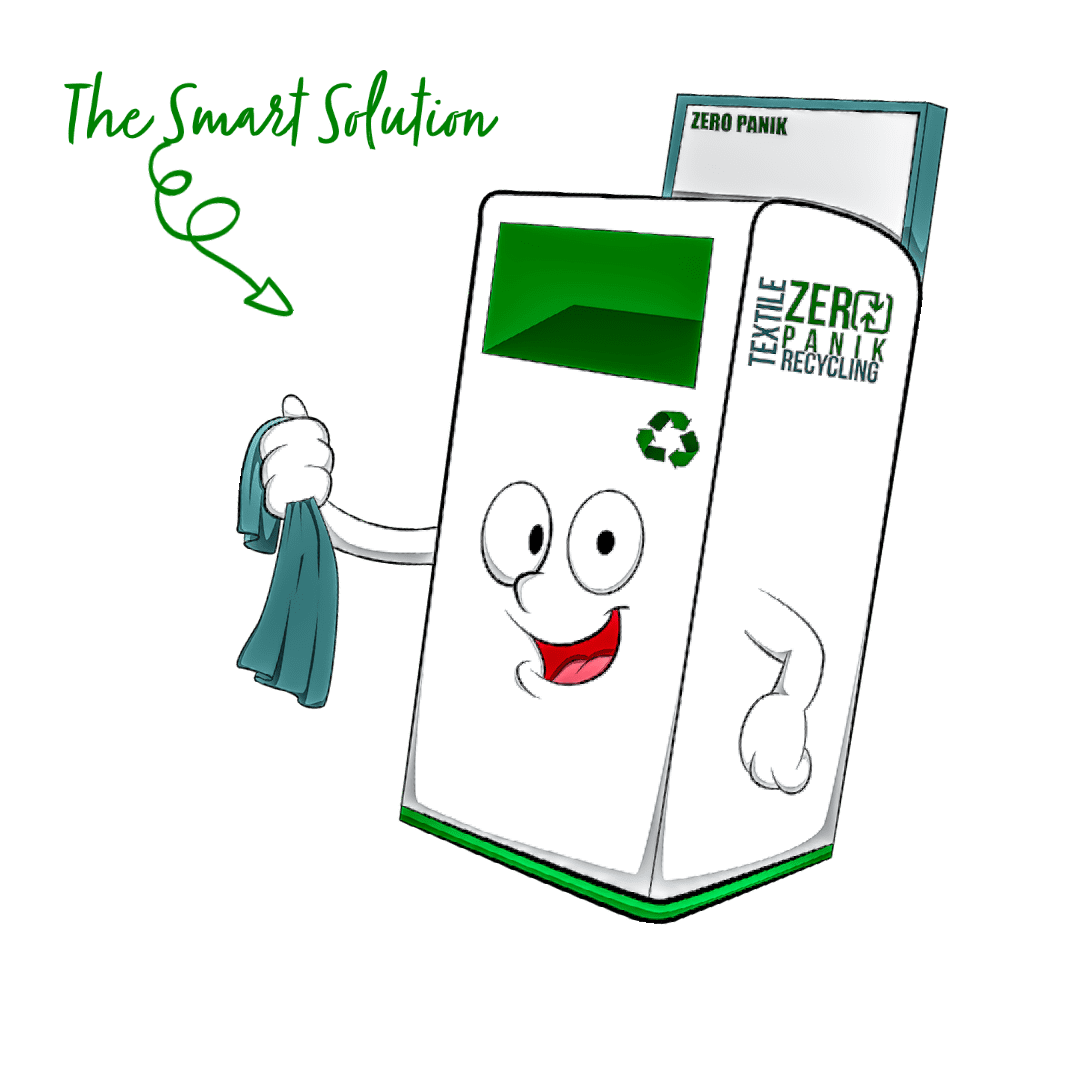
Introduction
The textile industry is one of the largest industries in the world. It is also one of the most polluting. The textile industry is responsible for a large number of toxic chemicals being released into the environment – including formaldehyde.
Formaldehyde is a colorless, flammable gas that is commonly used in the textile industry as a textile finish, a fabric protector, and a wrinkle-resistant treatment. It is also used in the production of azo dyes.
Although formaldehyde is a known carcinogen, it is not regulated by the US Environmental Protection Agency (EPA). This means that there are no limits on the amount of formaldehyde that can be used in textile production. Formaldehyde is also not required to be listed on the labels of clothing or other textile products.
So, how can you protect yourself from formaldehyde? Read on to find out!
While formaldehyde is safe in small amounts, exposure to high levels of the chemical can cause skin irritation, respiratory problems, and cancer. The International Agency for Research on Cancer has classified formaldehyde as a human carcinogen.
Formaldehyde and cancer risk. National Cancer Institute. (n.d.). Retrieved February 6, 2023, from https://www.cancer.gov/about-cancer/causes-prevention/risk/substances/formaldehyde/formaldehyde-fact-sheet
Can exposure to formaldehyde cause cancer?
Hazards of Formaldehyde: Formaldehyde is classified as a carcinogen, meaning it can cause cancer. Chronic inhalation of formaldehyde vapors can also lead to irritation of the eyes, nose, and throat, as well as difficulty breathing and coughing. Other health effects may include headaches, nausea, and skin rashes. Long-term exposure to high levels of formaldehyde has been linked to an increased risk of certain types of cancer, such as nasal sinus cancer, lung cancer, and myeloid leukemia.
Exposure to formaldehyde from clothing and textiles may not be as high as for those exposed to industrial sources or fumes, but the potential remains. This is especially true for people incredibly sensitive to formaldehyde and who wear clothing from sources using increased levels of formaldehyde. Additionally, formaldehyde can be released from fabrics as a gas or aerosol, or in the form of particles. As a volatile organic compound (VOC), people may be exposed to the chemical when air containing formaldehyde particles is breathed in. Releasing this chemical in the air, whether inside or outside, is a major source of air pollution. Therefore, it is important to understand how to detect formaldehyde in textiles and what can be done to minimize your exposure.
How do I know if my clothes are toxic?
Testing Textile Products: If you are concerned about the level of formaldehyde in your clothing or other textiles, you can easily test them at home. A good way to determine whether a garment is releasing formaldehyde is to use a formaldehyde test kit, which can be purchased from home improvement stores or online. The test kits typically come with several test strips that are designed to detect even small levels of formaldehyde. To use the kit, simply put the test strips into the garment, cover it with a damp cloth, and leave it for around 5-10 minutes. Then compare the color of the test strip to the color chart provided. The color change indicates the presence and amount of formaldehyde in the fabric.
How can I protect my family from exposure to formaldehyde?
Reducing Your Exposure: If you find that your clothing is releasing a high level of formaldehyde, you may want to consider taking steps to reduce your exposure. For example, you can purchase textiles made from natural fibers such as cotton and linen, or bamboo, which tend to be formaldehyde-free. You can also reduce your exposure by washing new clothes and other textiles with detergents that have special enzymes that break down and remove formaldehyde. Additionally, try to keep new clothes and textiles in the open air, rather than in sealed containers, which can trap formaldehyde gas. Finally, you can reduce your exposure by switching to organic and sustainable fashion brands, which often use fewer chemicals.
What can I do to reduce my exposure to toxic clothing?
Conclusion: Exposure to formaldehyde in textiles can be dangerous. It is a known carcinogen and can cause several health effects, including irritation, headaches, and skin rashes. With proper testing, you can easily determine if your clothing is releasing formaldehyde, and take steps to reduce your exposure. Switching to clothes made with natural fibers, detergents with special enzymes, and organic and sustainable fashion brands are all good ways to reduce your exposure. Overall, while formaldehyde in textiles is not regulated by the EPA, it is important to be aware of the potential dangers and take the necessary steps to reduce your exposure.
